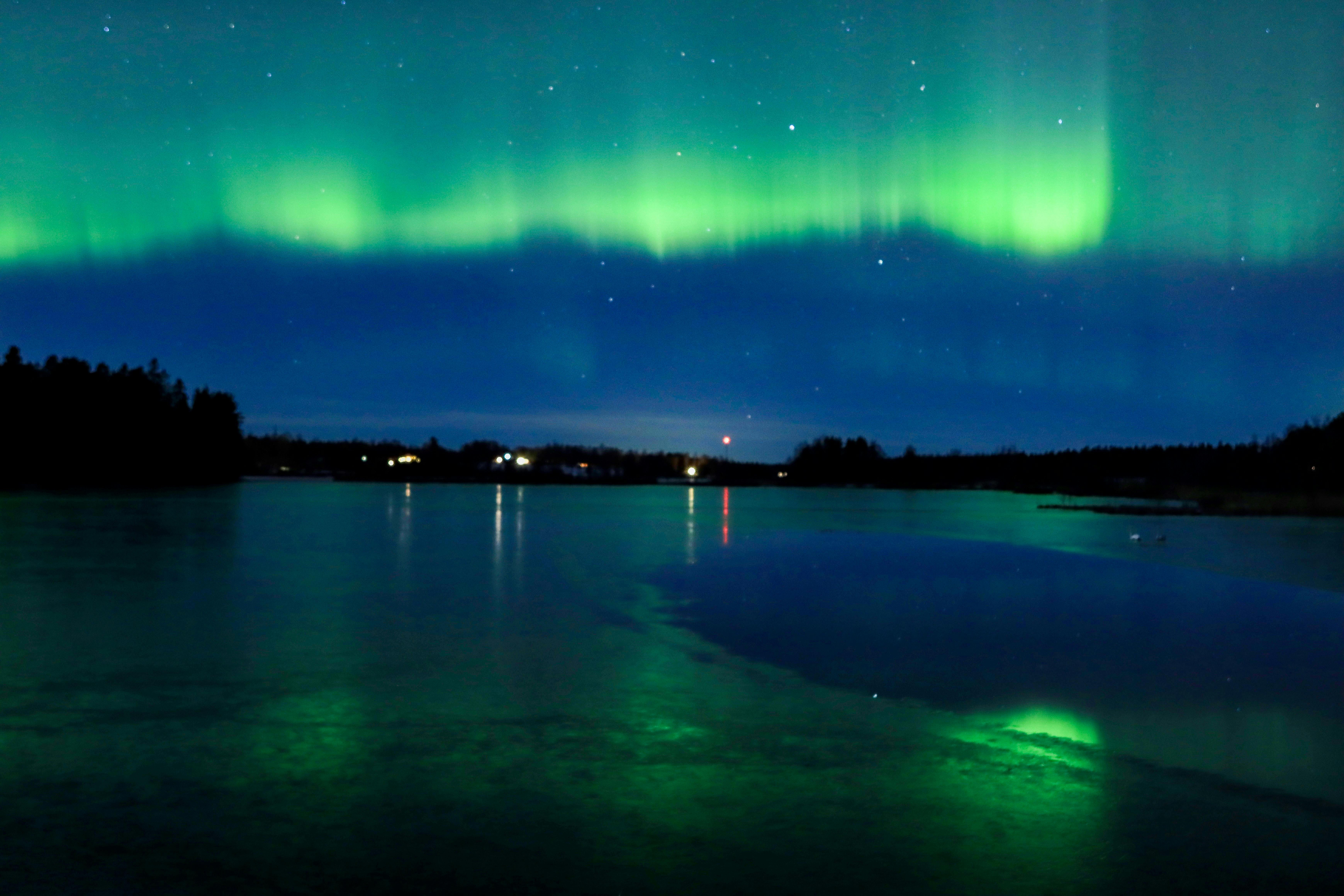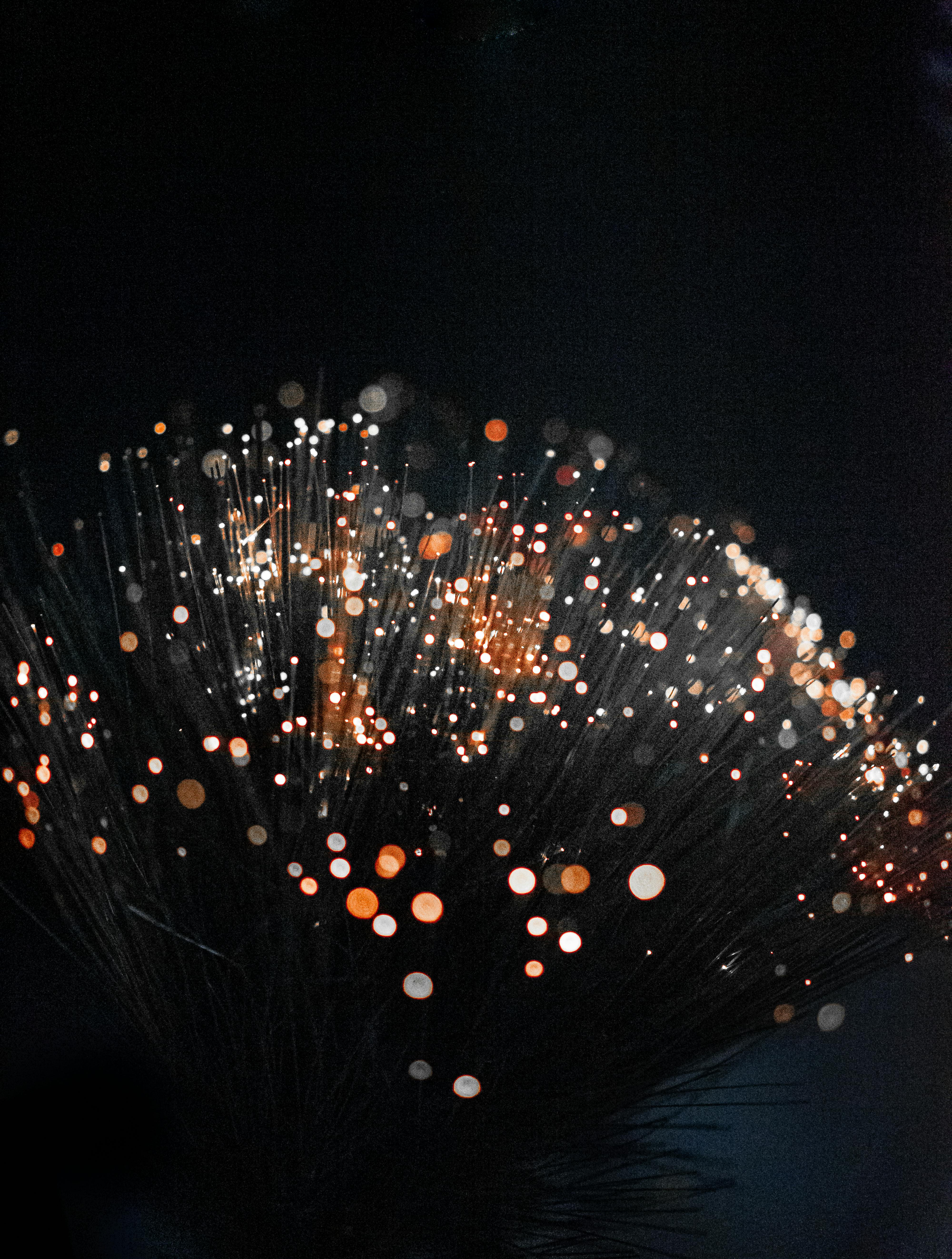The Northern Lights Across America: Causes, Effects, and Sightings
Introduction
The Northern Lights, or Aurora Borealis, are one of the most awe-inspiring natural phenomena on Earth, often seen in high-latitude regions near the Arctic Circle. However, a recent surge in solar activity has caused the Northern Lights to extend further south, giving millions of Americans an unexpected and breathtaking celestial display. From the Midwest to the East Coast, people across the U.S. were treated to the dazzling light show.
This article explores the causes behind this rare occurrence, the effects it has on the Earth, and where people saw these stunning lights dancing across the sky.
What Causes the Northern Lights?
The Northern Lights are caused by the interaction between charged particles from the Sun and the Earth's magnetic field. Here’s how it works:
- Solar Activity: The Sun constantly emits a stream of charged particles known as the solar wind. During periods of increased solar activity, such as solar storms or coronal mass ejections (CMEs), the intensity of the solar wind increases, sending more particles toward Earth.
- Interaction with Earth’s Atmosphere: When these charged particles collide with the Earth’s magnetosphere, they are funneled toward the magnetic poles. As they interact with gases in the upper atmosphere—mostly oxygen and nitrogen—they release energy in the form of light, creating the colorful displays we know as the Northern Lights.
- Unusually Strong Solar Activity: The recent appearance of the Northern Lights across America was caused by a particularly strong geomagnetic storm, classified as a G3 or G4 storm. This level of solar activity is rare and can push the auroras far beyond their usual range, allowing people much farther south to witness the lights.
Where Were the Northern Lights Seen?
While the Northern Lights are typically limited to areas like Alaska, Canada, and Scandinavia, the recent geomagnetic storm allowed them to be seen much further south in the United States. Some of the areas that witnessed the aurora include:
- The Midwest: States like Minnesota, Wisconsin, and Michigan reported some of the most vivid displays of the aurora. In these areas, the lights were visible for several hours, with shades of green, purple, and red illuminating the night sky.
- The Northeast: Residents in states like New York, Pennsylvania, and Vermont were also treated to a rare view of the Northern Lights. Even in urban areas where light pollution is usually a concern, the aurora was bright enough to be seen by many.
- The Great Plains: In states like Iowa, Nebraska, and North Dakota, the Northern Lights were visible, with large swaths of sky glowing in brilliant green hues. Rural areas with low light pollution offered some of the best vantage points.
- The South: In an even rarer event, the aurora was faintly visible in parts of the southern United States, including states like Kentucky and Virginia, though the colors were more subdued compared to northern regions.
The Effects of the Northern Lights
While the Northern Lights are beautiful, they are also a sign of intense solar activity, which can have various effects on Earth:
- Geomagnetic Storms: The geomagnetic storms responsible for auroras can also cause disturbances in the Earth’s magnetic field. This can lead to disruptions in radio communications and satellite navigation systems (GPS), as well as affect power grids in some cases.
- Air Travel and Satellite Safety: High levels of solar activity can pose risks to satellites and aircraft flying at high altitudes, as the increased radiation from the Sun can interfere with onboard electronics and communication systems. During intense geomagnetic storms, airlines may alter flight paths to avoid polar regions where radiation levels are highest.
- Space Weather and Technology: In addition to affecting communication and navigation systems, space weather events like solar storms can impact satellites used for broadcasting, internet, and telecommunications. In extreme cases, geomagnetic storms have been known to cause temporary outages or malfunctions in satellite systems.
Why Was This Event So Rare?
While the Northern Lights are regularly visible in Arctic regions, seeing them across much of the United States is rare. This event occurred because of a combination of factors:
- Strong Solar Activity: The Sun is currently approaching the peak of its 11-year solar cycle, known as Solar Cycle 25. During this time, the Sun's magnetic field becomes more active, increasing the likelihood of solar storms. The intensity of the recent geomagnetic storm was strong enough to push the aurora much farther south than usual.
- Clear Skies and Minimal Light Pollution: Many areas that typically have cloudy or light-polluted skies were fortunate to have clear conditions during the aurora, making it easier to spot the Northern Lights. Rural areas with low light pollution offered the best views.
How to See the Northern Lights Again
If you missed this rare event, don’t worry—there may be more chances to see the Northern Lights as Solar Cycle 25 progresses. Here’s how you can improve your chances of witnessing the aurora:
- Check Space Weather Forecasts: Websites like SpaceWeather.com and apps like Aurora Alerts provide real-time updates on solar activity and predict where the Northern Lights might be visible based on current geomagnetic conditions.
- Head to Dark, Rural Areas: Light pollution from cities can make it difficult to see the aurora, so your best bet is to head to rural areas with minimal artificial lighting. National parks and remote areas are often ideal locations.
- Keep an Eye on Solar Activity: As the solar cycle continues, we can expect more frequent solar storms and, consequently, more opportunities to see the Northern Lights further south than usual. Stay informed by following space weather updates.
Conclusion: A Celestial Show for the Ages
The recent display of the Northern Lights across America was a rare and mesmerizing event, caused by an unusually strong geomagnetic storm. While these displays are typically confined to Arctic regions, the surge in solar activity allowed millions of people across the United States to witness the stunning aurora firsthand.
As we approach the peak of Solar Cycle 25, we may see more events like this in the near future. For now, the memory of the Northern Lights illuminating the American sky will remain a highlight for all who were lucky enough to witness it.




